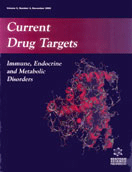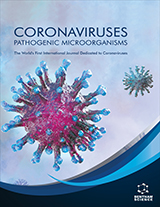Abstract
The pathogenesis of type 1 diabetes is multifactorial, involving genetic susceptibility, autoimmune mechanisms, and environmental factors. This article will focus on two main strategies for altering the underlying disease process in type 1 diabetes. The first strategy is to identify individuals at risk for the development of diabetes and to halt the immune process before it leads to overt clinical disease. Promising in vitro and animal studies with nicotinamide, parenteral insulin, and oral insulin led to large clinical prevention studies, such as the European Nicotinamide Diabetes Intervention Trial and the Diabetes Prevention Trial (DPT-1). These studies failed to show that nicotinamide and insulin prevented the disease in at risk relatives of patients with type 1 diabetes and left many questions unanswered. The second strategy focuses on intervention shortly after diagnosis in order to arrest the destruction of b cells and to preserve residual b-cell function as long as possible. Cyclosporin was an effective immunosuppressive but was rejected as a potential treatment for type 1 diabetes because of its renal toxicity. Recently, more attention has been focused on an anti-CD3 antibody, on DiaPep277, and on glutamic acid decarboxylase (GAD). Animal studies and small short-term human trials with these compounds have suggested that they may be effective interventions in patients recently diagnosed with type 1 diabetes.
Keywords: diabetes, type diabetes, diabetes prevention, dpt
 1
1

















